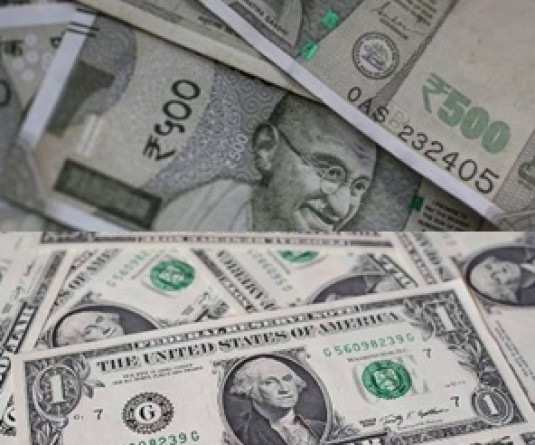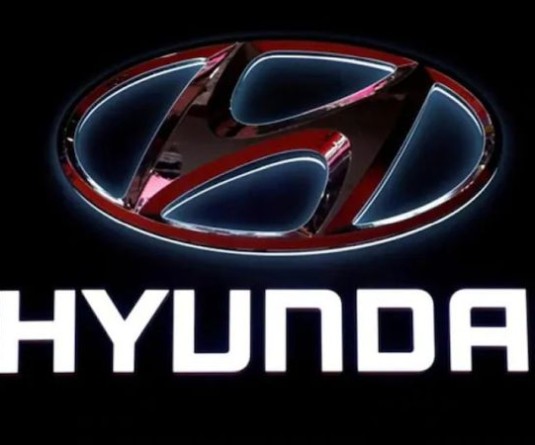
New Delhi, August 11 (IANS): Building a roadmap for the economy, the Centre has taken a firm step to shed off the excess baggage of litigations, a vital factor slowing down growth.
The Centre has rolled out a set of 43 frequently asked questions (FAQs) connected with the 'Sabka Vishwas Scheme' (Legacy Dispute Resolution), 2019, a step largely towards simplifying a scheme directly linked to creating a favourable atmosphere enabling ease of doing business.
The FAQs attempt to sort out innate issues associated with the legacy disputes, answering, for example, who is eligible to file declaration and the list of acts covered under the scheme.
It has been uploaded on the website of the Central Board of Indirect Taxes and Customs (CBIC).
A majority of questions under FAQs dwell on the eligibility of persons and the nature of dispute resolution falling under Service Tax and Central Excise.
Persons who are eligible under the scheme will be required to file an electronic declaration at the CBIC portal, and within 60 days of filing of declaration, an electronic response on the final decision taken in the matter, will be communicated to the person concerned.
The scheme focuses on three crucial aspects - optimize resources of the industry, avoid litigation pending for a long period of time, and give an opportunity to taxpayers to settle their matter concerning service tax and central excise.
The FAQ informs the taxpayer that once the amount is finalized through this scheme, then it is final, and the matter will be closed and also shielded from any other proceeding.
Therefore, this scheme virtually takes cares of retrospective aspect of taxation, which often worry the taxpayer.
According to the scheme, any show cause notice (SCN) whether main or periodical, issued and where the final hearing has not taken place on or before June 30, 2019, is eligible under the scheme.
There are various benefits available under the scheme -- total waiver of interest, penalty and fine in all cases, immunity from prosecution, in pending cases a relief of 70 per cent from the duty demand if it is Rs 50 lakh or less and 50 per cent, if it is more than Rs 50 lakh.
The same relief is available for cases under investigation and audit where the duty involved is quantified on or before June 30, 2019.
Taxpayers will get a discharge certificate, which will be issued under Section 127 with respect to the amount payable under the scheme and shall be conclusive as to the matter and time period declared.
As a result -- (a) the declarant shall not be liable to pay any further duty, interest or penalty with respect to the matter and time period covered in the declaration; (b) the declarant shall not be liable to be prosecuted under the indirect tax enactment with respect to the matter and time period covered in the declaration; and (c) no matter and time period covered by such declaration shall be reopened in any other proceeding under the indirect tax enactment.





